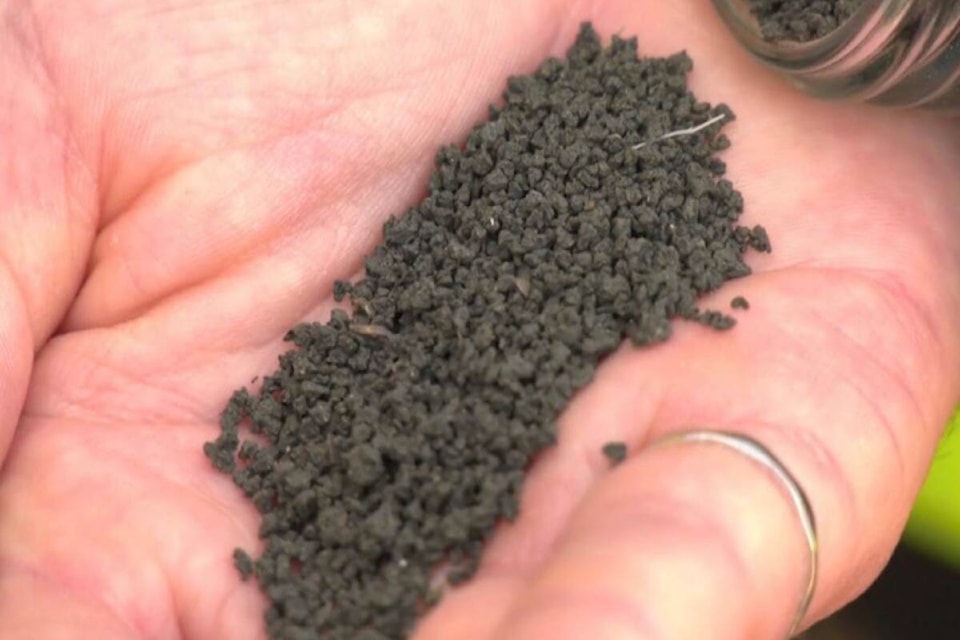The public starting Thursday (Jan. 11) will be able to help advise the long-term plan for how the Capital Regional District deals with its treated sewage.
An online engagement platform opening on Thursday will inform the long-term beneficial use of the region’s Class A biosolids, the dry, pellet-like product of the wastewater treatment process.
The public input stage comes as the CRD must submit its long-term biosolids management plan to the province by mid-June. The consultation will include a range of activities between January and March, including an online survey, a virtual open house and the opportunity to provide written feedback by email.
Last year saw challenges to the region’s short-term and contingency plans for beneficially using biosolids, leading to the pellets mostly being landfilled.
The most recent data on CRD biosolids production show that, by the end of October, 77 per cent of the 2,278 tonnes of Class A biosolids produced had been mixed with soil and landfilled. Another 555 tonnes of biosolids that didn’t meet the Class A distinction were also landfilled as waste.
The CRD’s primary short-term plan for the biosolids is to send them to a Richmond cement plant where the product is used as an alternative fuel source. An analysis of the CRD’s monthly biosolids production reports found the plant only received the pellets in two of the first ten months of 2023 – totalling 55 tonnes of material.
A consultant’s report released in the summer laid out several long-term biosolids options the CRD could take, but those mostly included the current strategies being used, like sending them to the cement plant, and the controversial practice of land application – where the biosolids are spread on the earth as a growth supplement.
Between July and November, the CRD sent 467 tonnes of Class A biosolids up Island to Cassidy, where they’re being used as a growth supplement for a gravel quarry reclamation project.
Several local groups critical of land application have decried the CRD’s pace in advancing technology that could thermally process biosolids. CRD staff have said this year that a permanent thermal facility is up to 10 years away, while a pilot site at Hartland landfill will also still take years to get running.
A Jan. 10 CRD staff report said the long-term plan will be dynamic and will be able to adapt to new information and opportunities.
The public consultation site opening on Jan. 11 will be available at www.getinvolved.crd.bc.ca.
READ: Land application dominates long-term options for CRD’s biosolids
READ: Groups criticize CRD’s pace in advancing thermal biosolid-disposal facility
READ: Calgary company hopes to fill CRD’s biosolid gasification needs



